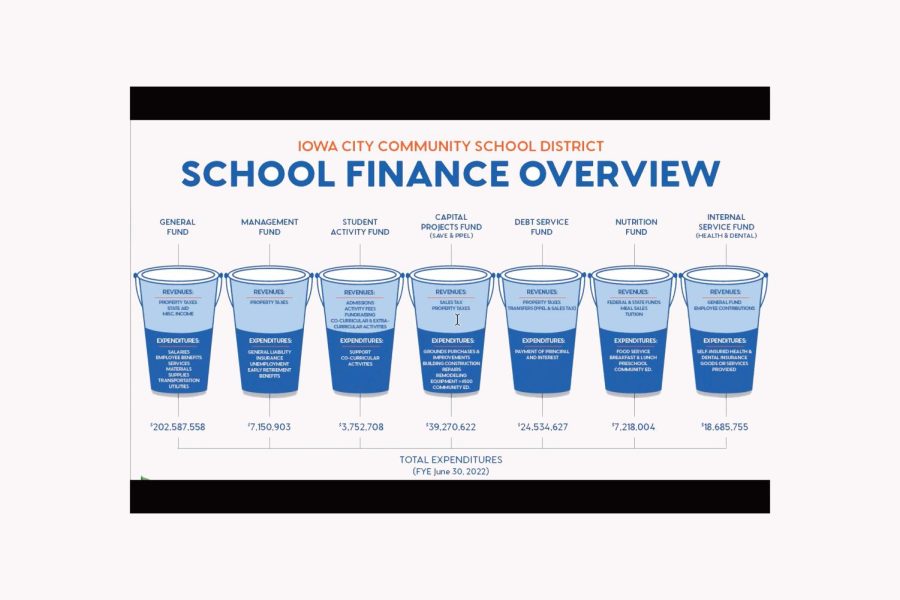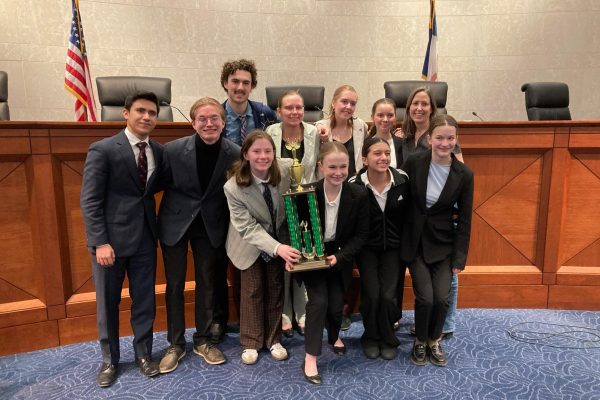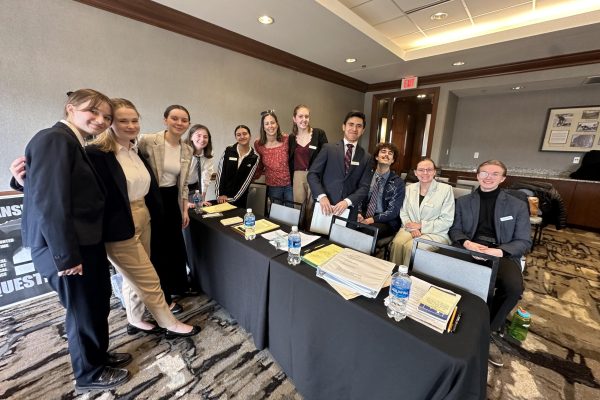ICCSD Budget Projected To Be Cut By $8 Million
ICCSD “BUCKET” GRAPHIC FROM WEBINAR ON POSSIBLE BUDGET CUTS
February 7, 2023
The ICCSD budget is suffering a cut of $8M in spending; discussions regarding the budget cut continue, with no final decision. The next school board work session for the budget is being held on January 31, 2023, and ICEA-ICCSD negotiation processes will begin in February; Governor Reynolds has proposed a 2.5% increase in Supplemental State Aid (SSA).
“Governor Reynold’s budget proposal includes a 2.5% proposed increase in Supplemental State Aid. The Iowa Legislature sets that rate and during the previous two legislative sessions, the Legislature has set an SSA rate that was lower than the percentage increase proposed by the Governor.” Said the ICEA, “The legislative priorities of ICCSD call for a minimum increase in SSA of 5%. The ICEA agrees with ICCSD that a minimum SSA increase of 5% is needed.”
The $8M cut is due to a few reasons: persistent underfunding of public schools in the Iowa Legislature (only a 1.9% average increase in Supplemental State Aid over the past 12 years), the termination of ESSER dollars (funds due to COVID), and lower than expected enrollment in the ICCSD (with only lower projections to come).
“One of the assumptions we tried to start with with the board is, Could we do 8 million dollars of cuts and try to preserve our programs and our people to the greatest extent possible?” Said Degner, “We don’t want to have to do things like a reduction in force (RIF). We don’t want to have to relive the conversations around orchestra cuts and football cuts.”
The goal of the ICEA and ICCSD administration is always to first prevent layoffs of teaching staff, and reduction in force, or RIFing. 85% of the ICCSD budget goes to the wages and benefits of employees, 72% of which goes to teachers specifically, with the rest for administrators, custodians, paras, secretaries, nutrition services, support staff, etc.
“With our current status of the general fund, we couldn’t have supported all those roles. And so that was why the early retirement incentive was employed so aggressively, because we have some of those positions, and those people in those jobs move back in. We didn’t have sufficient space for that,” said Degner.
Retirement incentive saves money from the budget cut, Degner says they were only assuming 35 for early retirement, however that number has been exceeded and is closer to 65 or 70; it’s been noted that the district plans to make these changes without RIF.




















































